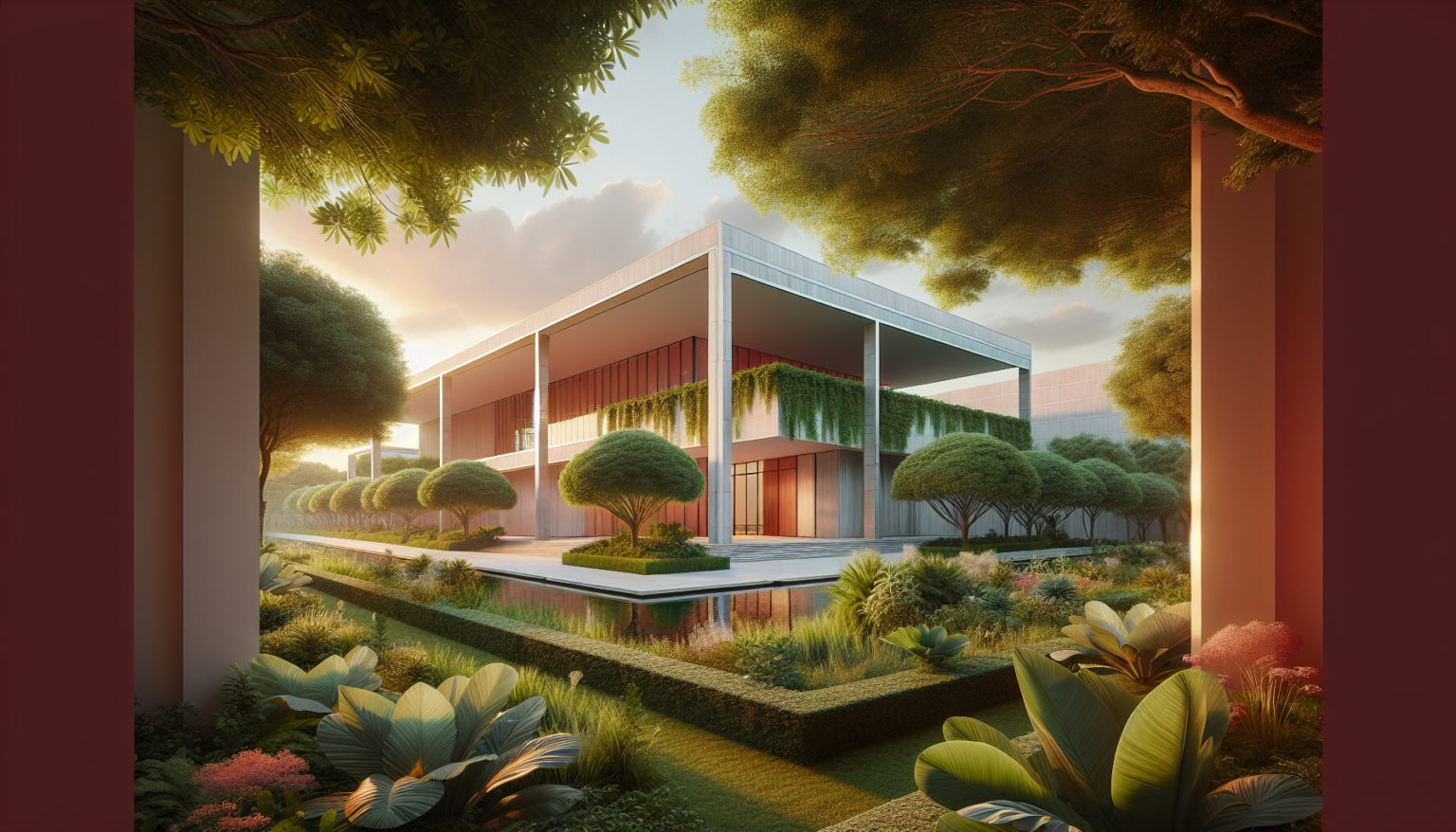Norman Foster, the renowned British architect, celebrates his 90th birthday on June 1. Foster is widely regarded as a key figure in modernist architecture, with his futuristic buildings spanning the globe. Born and raised in a working-class neighborhood in Manchester, Foster was surrounded by airplane models and books about Le Corbusier’s theories of space, light, and minimalism.
At sixteen, he left school and served in the Royal Air Force, earning money by selling ice cream to finance his later studies in architecture at the University of Manchester. After graduation, Foster traveled across the USA, visiting buildings by Frank Lloyd Wright, before studying architecture at Yale University, where he met his future business partner Richard Rogers. Returning from the USA, Foster established his own studio and first caught attention in 1964 with a building partially buried in the ground called the Cockpit in Cornwall.
Foster was elevated to the peerage in 1990 and received the prestigious Pritzker Prize for architecture in 1999. Ten years later, he was honored with the Prince of Asturias Award for the Arts. Today, Foster mostly oversees his team at Foster + Partners, a firm known for its futuristic buildings.
These include iconic structures such as the London “gherkin,” the Millennium Bridge, and the Hearst Tower in New York. One of Foster’s key attributes has been his skill as a communicator. This ability has enabled him to convince some of the world’s biggest business leaders, including Steve Jobs, Michael Bloomberg, and JPMorgan Chase CEO Jamie Dimon, to work with his firm.
Norman Foster’s architectural legacy
However, this success has not come without criticism, particularly regarding the ecological impact of some projects. Currently, the firm is working on a secretive plan for a two-kilometer-tall skyscraper in Saudi Arabia, among many other projects in the country.
In London, Foster’s Swiss Re insurance company building, often referred to as “the gherkin,” is a landmark. Opened in 2004, the 41-story tower consumes 50 percent less energy than similar buildings due to its innovative design. Foster’s imaginative pedestrian bridge over the Thames, built to celebrate the new millennium, earned the nickname “Lord Wobbly” when it initially wobbled after opening.
Nonetheless, his reconstruction of the Berlin Reichstag with a glass dome has been widely praised for both its functionality and aesthetic appeal. In Germany, he is also known for the Commerzbank Tower in Frankfurt, the tallest building in the country. In France, the Millau Viaduct, which at its tallest point surpasses the Eiffel Tower, is another testament to his brilliance.
In September 2024, Foster + Partners was commissioned by Manchester United football club to develop a master plan for the Old Trafford neighborhood, showcasing Foster’s continued influence in the field of architecture. As Norman Foster turns 90, his journey from a working-class kid in Manchester to a globally renowned architect remains a source of inspiration. His legacy in architecture, marked by innovative designs and iconic structures, is celebrated worldwide.
When asked if he feels he has anything left to achieve, Foster confidently responded, “I’ve got everything left to achieve.” The legacy of Norman Foster remains a dynamic conversation between past accomplishments and future ambitions, continually underscoring the enduring importance of thoughtful, inclusive design in architecture.













